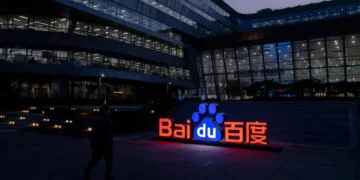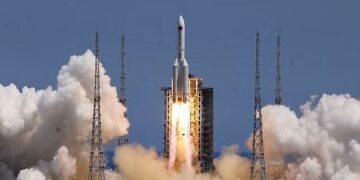Japan issued a demand to Beijing to remove a China buoy that was discovered within Japan’s exclusive economic zone (EEZ). This development pertains to an area located near islands claimed by both countries.
An official from Japan’s foreign ministry, who spoke to AFP on Wednesday (September 20), stated that they have consistently lodged protests in both Tokyo and Beijing since July when Japan’s coastguard identified the buoy within Japan’s EEZ in the East China Sea. They found the buoy in waters near the group of islands that Japan refers to as the Senkakus and China calls the Diaoyus.
The official, requesting anonymity, stated that Japan has explicitly called for the immediate removal of the buoy, as constructing such a structure in Japan’s EEZ without its consent violates international laws. This is not the first time this incident between China and the economic zone has occurred ; China had previously placed a buoy within Japan’s EEZ in the same area of the East China Sea back in 2018.
Treated wastewater
The relationship between China and Japan, already marked by decades of tension, has further deteriorated following Tokyo’s release of treated wastewater from the Fukushima nuclear plant on August 24. In response, Beijing implemented a comprehensive ban on seafood imports from Japan. As a result, Japanese food exports to China experienced a significant decline of 41.2% in August, amounting to 14 billion yen (US$95 million), as reported by the finance ministry.
In August, Japan also requested that China ensure the safety of Japanese citizens following an incident in which someone threw a brick at the Japanese embassy in Beijing.To safeguard its citizens in China, Japan has advised tens of thousands of them to maintain a low profile and has bolstered security around schools and diplomatic missions.
While the exact number remains unconfirmed, Japan’s Kyodo News agency reported that the Japanese embassy in Beijing has received more than 400,000 nuisance calls since the wastewater release incident.















































